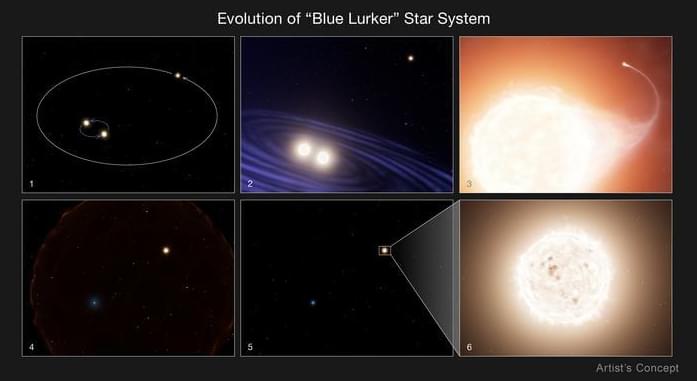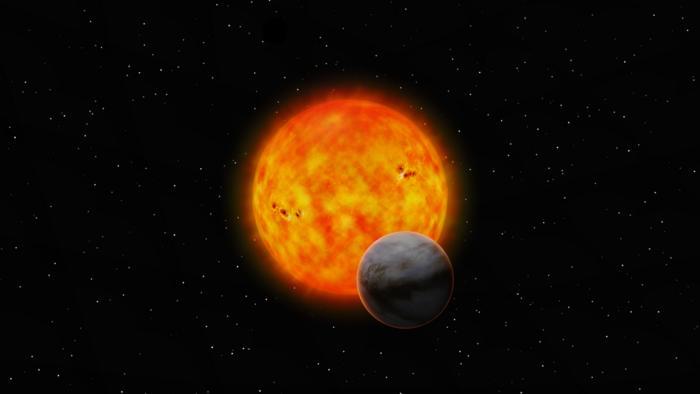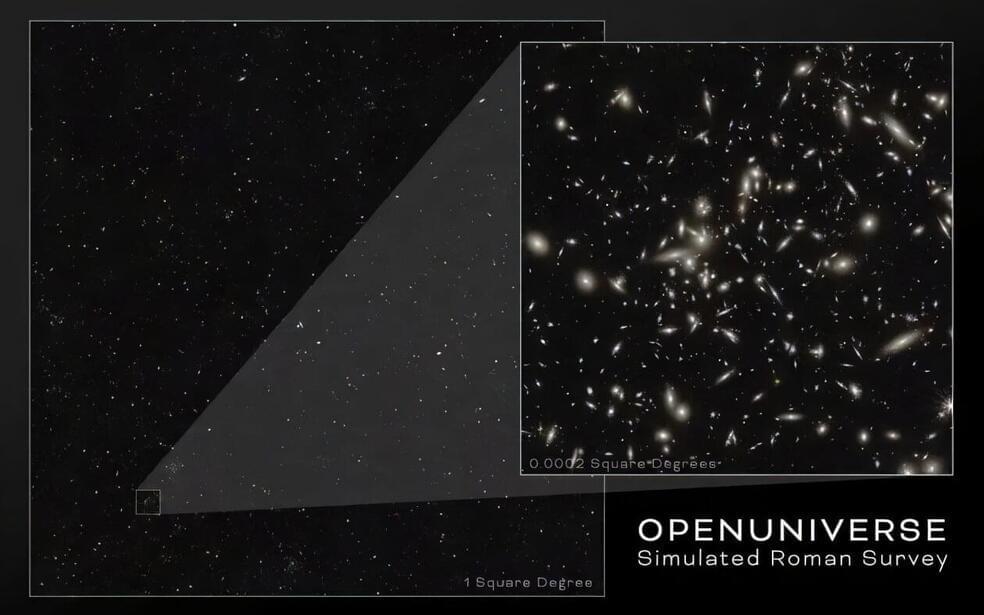In a study published in the Astrophysical Journal, a team of researchers led by Kristen McQuinn, a scientist at the Space Telescope Science Institute and an associate professor in the Department of Physics and Astronomy at the Rutgers University-New Brunswick School of Arts and Sciences, has reported finding that Leo P, a small galaxy and a distant neighbor of the Milky Way, “reignited,” reactivating during a significant period on the timeline of the universe, producing stars when many other small galaxies didn’t.
By studying galaxies early in their formation and in different environments, astronomers said they may gain a deeper understanding of the universe’s origins and the fundamental processes that shape it.
McQuinn and other members of the research team studied Leo P through NASA’s James Webb Space Telescope, a space-based apparatus that features a large, segmented mirror and an expansive sunshield, both of which enable it to capture detailed images of distant celestial objects.








